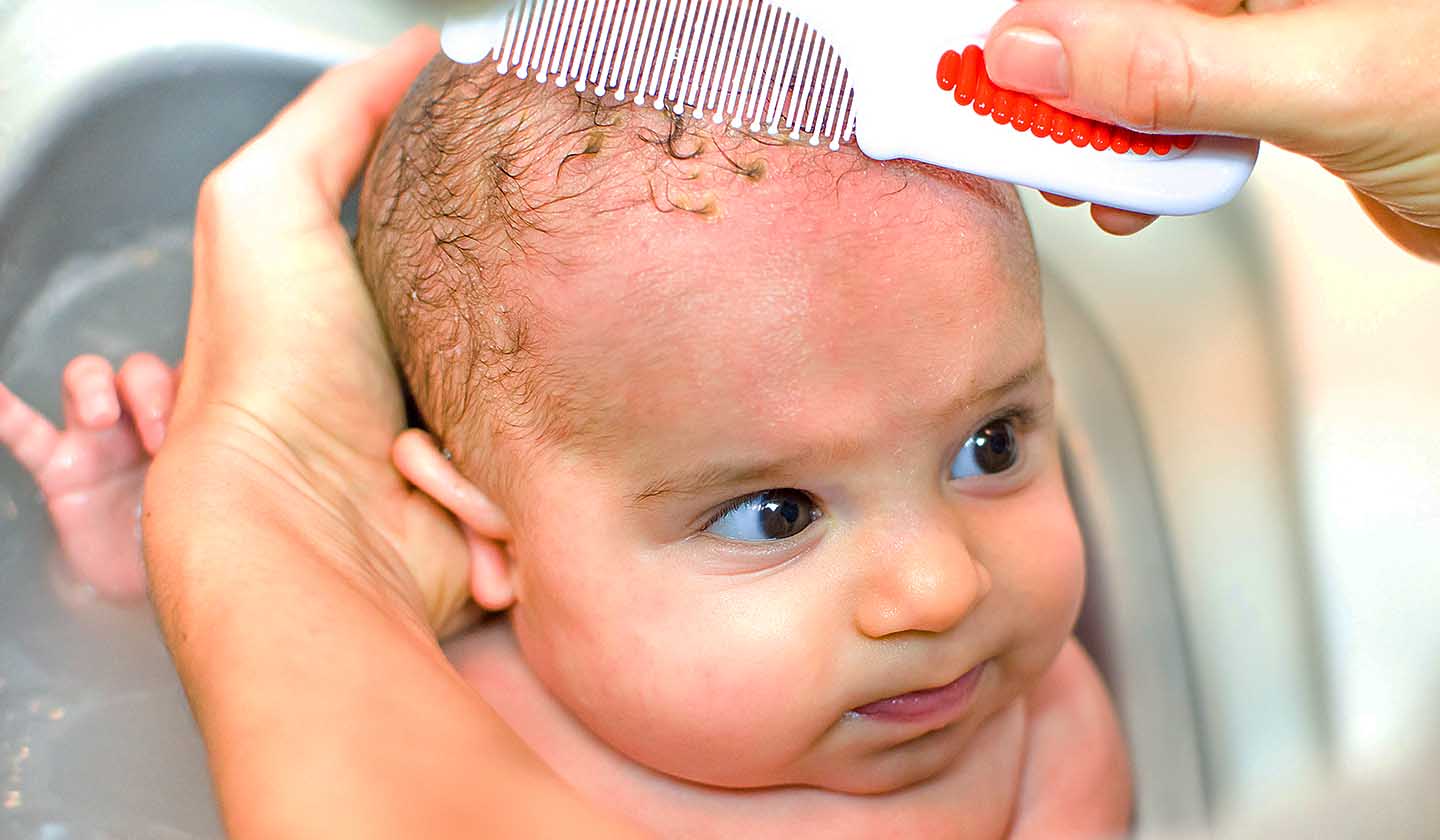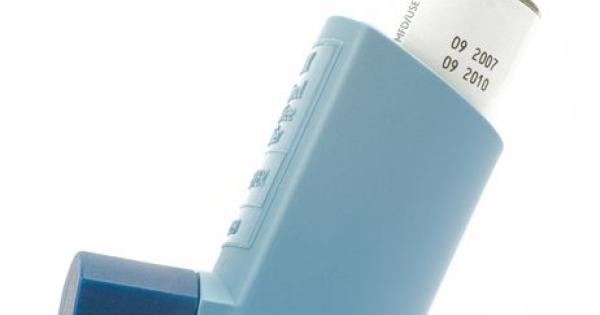What Causes Crosta Láctea? Easy Solutions

Crosta Láctea, a condition commonly referred to as “milk crust” or “ infantile seborrhoeic dermatitis,” is a skin condition that affects many infants, typically manifesting as a crusty, yellowish or brownish patch on the scalp, face, or other parts of the body. While it may look alarming to new parents, understanding what causes Crosta Láctea and knowing how to manage it can significantly reduce anxiety and promote a healthy, comfortable environment for infants.
Understanding the Causes
The exact cause of Crosta Láctea remains somewhat mysterious, but several factors are believed to contribute to its development:
Hormonal Influence: It’s thought that hormones passed from mother to baby before birth may play a role. These hormones can cause an increase in the production of skin oil (sebum), which, in turn, can lead to the clogging of oil glands and hair follicles, creating an ideal environment for the condition to develop.
Immature Skin Barrier: Newborns have an immature skin barrier that makes them more susceptible to irritation and dryness. This vulnerability, combined with excessive oil production, can make their skin more prone to conditions like Crosta Láctea.
Allergies and Sensitivities: Though less common, some infants may develop Crosta Láctea due to an allergic reaction or sensitivity. This could be in response to something in their diet (for breastfed babies, it might relate to the mother’s diet) or environmental factors such as the use of certain soaps or shampoos.
Genetic Factors: There might be a genetic predisposition to Crosta Láctea, as infants with a family history of skin conditions like eczema or seborrheic dermatitis are more likely to develop it.
Easy Solutions for Managing Crosta Láctea
Fortunately, Crosta Láctea is generally easy to treat, and with the right approach, it can be managed effectively:
1. Gentle Skin Care
- Soft Brushing: Use a soft-bristled brush or a fine-tooth comb to gently remove flakes from the scalp. This should be done when the crusts are soft, ideally after a bath.
- Mild Shampoos: Use a mild baby shampoo. For more severe cases, an antifungal or medicated shampoo may be prescribed by a doctor.
- Bath Time: Keep bath time short and use warm water. Harsh soaps and hot water can strip the skin of its natural oils, exacerbating the condition.
2. Keep the Skin Moisturized
- Apply a gentle, fragrance-free moisturizer to keep the skin hydrated. This can help reduce the appearance of flakes and make the skin more comfortable.
3. Dietary Adjustments
- For breastfeeding mothers, avoiding certain foods that could potentially cause an allergic reaction in the baby might be beneficial. Common culprits include dairy, nuts, and spicy foods. However, it’s crucial to discuss any dietary changes with a healthcare provider to ensure the mother and baby are getting all the necessary nutrients.
4. Consult a Healthcare Professional
- If the condition worsens or does not improve with the above measures, it’s essential to consult with a pediatrician or a dermatologist. They can provide a proper diagnosis and recommend treatment, which may include over-the-counter or prescription medications to reduce inflammation and fight fungal or bacterial infections.
Conclusion
Crosta Láctea, while distressing to behold, is generally a harmless condition that can be easily managed with the right care and attention. By understanding its causes and implementing gentle, effective solutions, parents can help their infants feel more comfortable and reduce the appearance of the condition. It’s also important to remember that each baby is unique, and what works for one may not work for another. Therefore, patience, vigilance, and professional advice when needed are key to navigating this common infantile condition.
Is Crosta Láctea contagious?
+No, Crosta Láctea is not contagious. It’s a condition that affects the individual infant’s skin and does not spread from one person to another.
How long does Crosta Láctea last?
+Crosta Láctea typically resolves on its own within the first few months of life, but in some cases, it may persist. Gentle care and, if necessary, medical treatment can help manage the condition until it clears up.
Can adults develop a condition similar to Crosta Láctea?
+Yes, adults can develop conditions similar to Crosta Láctea, such as seborrheic dermatitis, which shares similar symptoms like crusty patches on the scalp. Treatment and management strategies differ from those for infants and typically involve medicated shampoos and topical creams.

